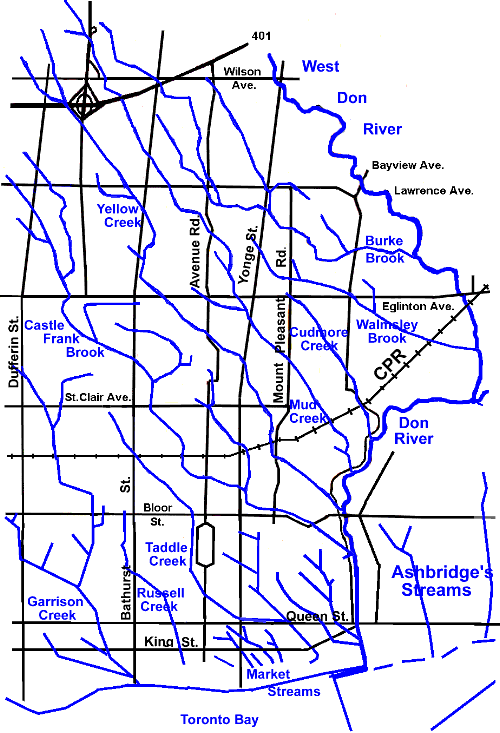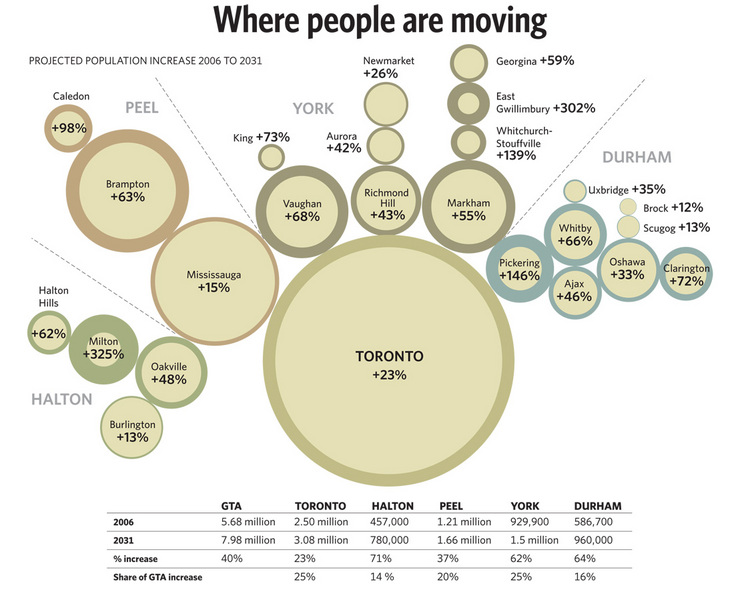I wouldn't be surprised if most of the 1400 named parks are actually in the old city of Toronto given the large number of named mini parkettes you can find on almost any street. As an example, the little strip of open space on top of the Yonge subway south of Wellesley is actually two seperate named parkettes.
There are many little
parks like this scattered all over downtown. They add character to the street and they are usually well maintained by the city.
Downtown still does have a lot of large open parkland. The Riverdale Parks and High Park are very large. There's also the islands. Are these not downtown? You can draw a box around the financial distrcit and say there are no large parks there, but you could then move that box almost anywhere else in the city and find no large parks inside it too.
I don't think there is a deficiency of parkland anywhere in the 416. What matters most though is the quality of the space. Is it just a giant field of burnt grass or is there a quality maintained environemnt, whether it's a field, forest, beach, playground or a planted garden.






